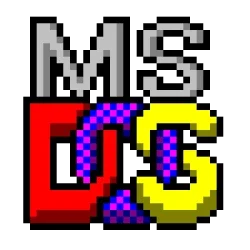In a significant move for computer history enthusiasts, Microsoft, alongside IBM, has released the source code for MS-DOS 4.0 under an MIT license. This decision grants public access to the codebase that powered countless early personal computers. There’s also somewhat fascinating content behind the 4.0 versions of DOS, as Microsoft partnered with IBM for portions of the code but also created a branch of DOS called Multitasking DOS that did not see a wide release.
Historical Significance
MS-DOS, or Microsoft Disk Operating System, is a foundational piece of software that powered early personal computers. It was the main operating system for IBM PC compatible personal computers during the 1980s and the early 1990s. The release of MS-DOS 4.0’s source code under the MIT license marks a significant moment, as it allows the public to access and study a crucial part of computing history.
A Step Forward in Transparency and Preservation
Microsoft’s action aligns with their growing commitment to open-source software and historical preservation. By making the source code available, they empower developers, researchers, and hobbyists to:
- Explore the inner workings of this influential operating system, written in 8686 assembly language over four decades ago.
- Gain insights into the ingenuity of early software development.
- Potentially build upon the codebase for educational or creative purposes.
Exploring the Code Today
While MS-DOS itself isn’t actively used in modern computing, the open-sourced code offers a valuable resource. Those interested can delve into the code using emulator software like PCem or 86box to virtually experience this piece of computing history.
You can explore the complete press release by Microsoft’s VP of of Developer community Scott Hanselman and the Head of Open Source Program Office Jeff Wilcox here.
This development marks a significant moment for software preservation and opens doors for further exploration of our digital past.


Leave a Reply